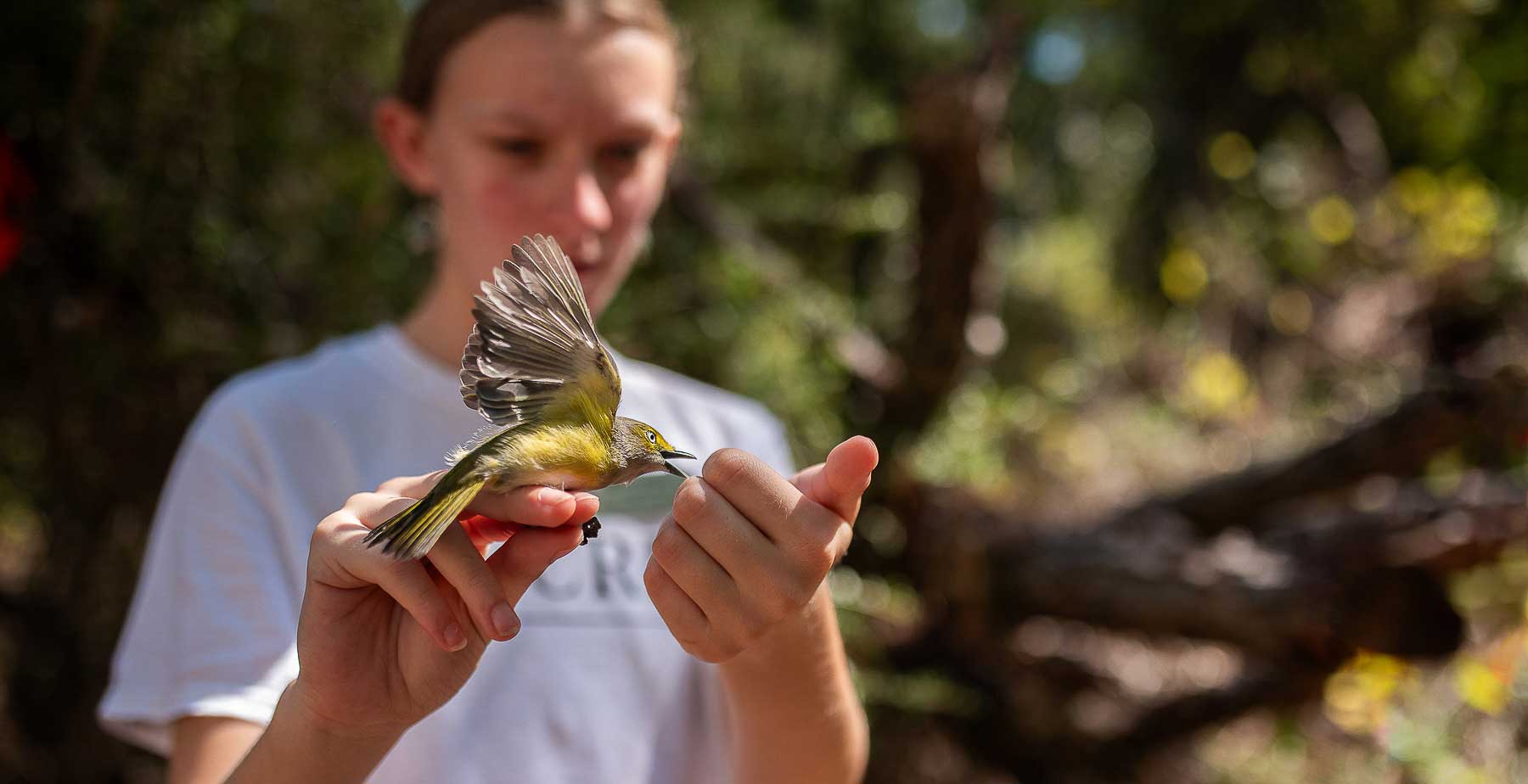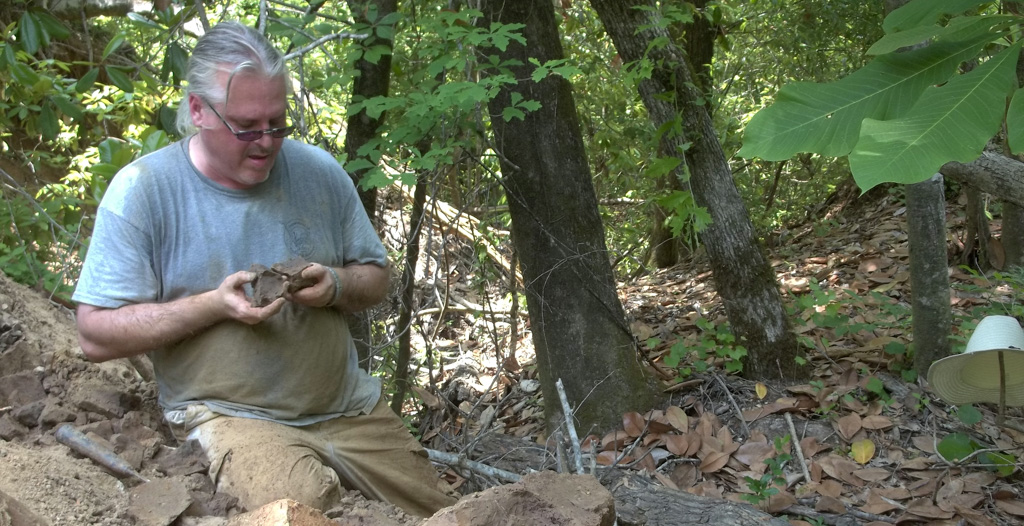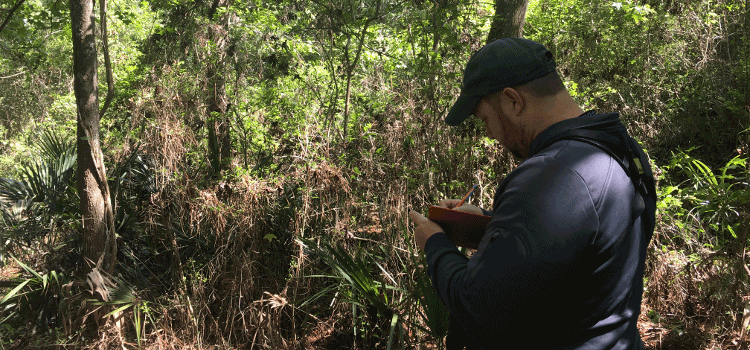Prince and Russell awarded graduate research fellowships
Posted on August 26, 2020 by Jeremiah Henning

Masters students Gabrielle Prince (Littlefield Lab) and Michael Russell (Littlefield Lab) each received a Graduate Research Scholars Program (GRSP) fellowship from the Alabama EPSCoR program for the 2020-2021 academic year. The GRSP fellowship provides students working with a faculty member that has received NSF EPSCoR funding with a $25,000 stipend to conduct their graduate research. Each year the GRSP fellowship funds ~40 graduate students from across the seven large universities in the state of Alabama.
Gabbi’s project will explore how the structural properties of muscle contribute to its contractile and force producing properties. Titin is a giant protein that is critical for muscle assembly as well as contraction and relaxation. If the Titin protein in humans and animals is longer in size than in invertebrates, how long does this Titin protein extend during muscle contractions as well as when the muscle relaxes? What is the structure of Titin like, springy and stretchy, or is it straight and firm when the muscle contracts and relaxes? To answer these questions, we are using the nematode worm model C. elegans and sophisticated molecular biology techniques to generate transgenic strains to directly observe titin in living, intact worms.
Mike’s project will explore myofibril assembly. Muscle structure has been studied extensively across the animal kingdom. We know, for example, that contraction occurs when thick and thin filaments interact. Mutations in thick filament proteins disrupt assembly and contraction; mutations in the thin filament can be lethal. I’m examining the impact of thick filament protein components on muscle assembly and how these protein components effect muscle contractile dynamics. Caenorhabditis elegans (C. elegans) the nematode worm, is an ideal model to study muscle assembly. We have engineered C. elegans organisms to express fluorescent markers on thick filament proteins. I used Dual inverted Selective Plane Illumination Microscopy (diSPIM) to visualize muscle assembly and muscle structure at high resolution. I use functional assays to measure movement and contraction. This work will contribute to our understanding of the assembly properties of striated muscle. The research other research programs in the state of Alabama and beyond that want to use these innovative techniques for their projects. This work will elevate the profile of the University of South Alabama, that continues to make strides in expanding its research and outreach to the academic science community.
Congrats Mike and Gabbi!
-

Fierce Featherweights
Imagine being able to increase your muscle mass by 40% within a few we...
December 26, 2024 -

Passionflower Species Named in Honor of Late Biology Professor
University of South Alabama biology professor Dr. Brian Axsmith discov...
July 2, 2024 -

Public Outreach on the Upper Tensaw River
Joel Borden led a natural history tour of the Upper Tensaw River Nov 6...
November 23, 2021 -

Upcoming bird outreach events featuring Joel Borden
Upcoming bird outreach events featuring Biology faculty member Joel Bo...
October 1, 2021


